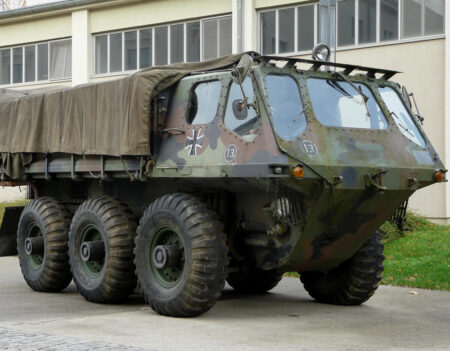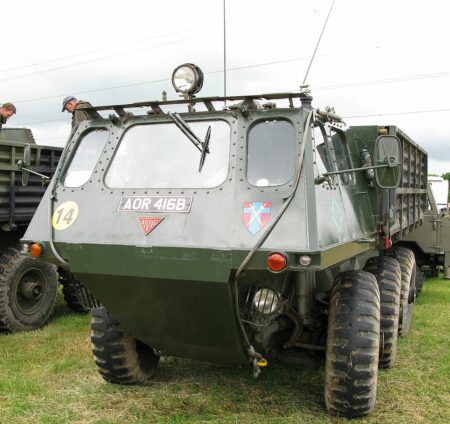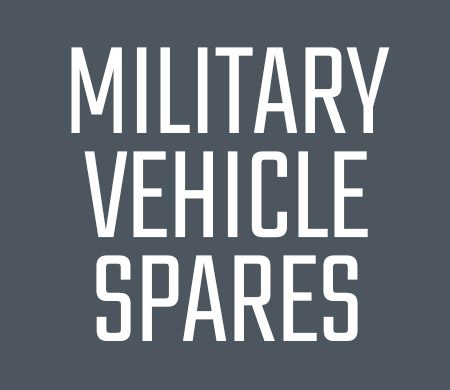Alvis Stalwart Original Parts
Alvis Stalwart: A Versatile Amphibious Truck

Photo Credit: Billyhill
Design and Development
Service History

Photo Credit: Geni
Operational Deployments
The Stalwart saw extensive use during the Cold War, participating in numerous exercises and training exercises across the globe. It also saw combat deployments in various conflicts, including the Dhofar Rebellion in Oman, the Yom Kippur War, and the Falklands War.
In the Dhofar Rebellion, the Stalwart was used to transport supplies and equipment to British troops operating in the mountainous terrain of Oman. It also provided ambulance and support services to deployed troops.
During the Yom Kippur War, the Stalwart was used by the Israeli Army to transport troops and supplies across the Suez Canal. It also provided fire support and reconnaissance capabilities in the Sinai Peninsula.
In the Falklands War, the Stalwart was used by British forces to transport equipment and supplies to the islands. It also provided ambulance and support services to deployed troops.
Upgrade Program
In the late 1970s, the British Army embarked on a program to upgrade its Stalwart fleet. This program included the addition of new engines, transmissions, and suspension systems to improve the truck’s performance and reliability.
The Stalwart was also equipped with a new armour package, increasing its protection against small arms fire and artillery fragments. Additionally, the truck’s radios and fire control systems were upgraded to meet the changing needs of the battlefield.
Retirement and Legacy
The Stalwart was gradually phased out of service with the British Army in the early 1990s, being replaced by more modern trucks such as the Land Rover Defender and the MAN 8×8. However, it continued to serve in other militaries for many years, and some examples are still in use today.
The Alvis Stalwart left a lasting legacy as a versatile and capable amphibious truck. It was a reliable and durable vehicle that served with distinction in a variety of operational roles. Its unique combination of firepower, mobility, and amphibious capabilities made it a valuable asset to the British Army and other militaries that operated it.
